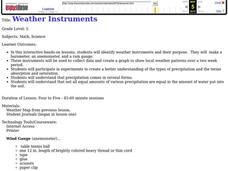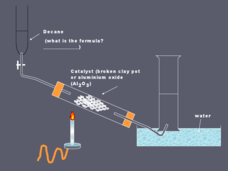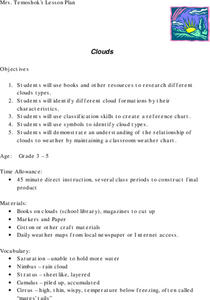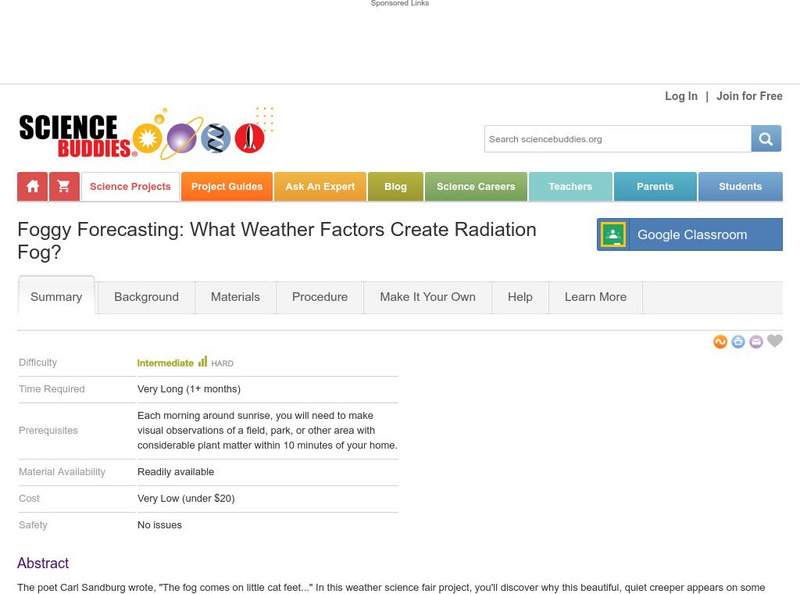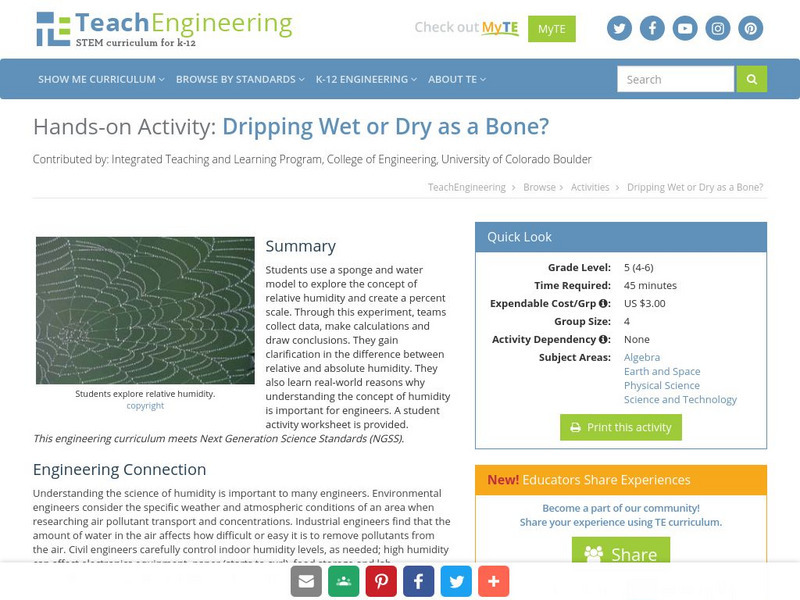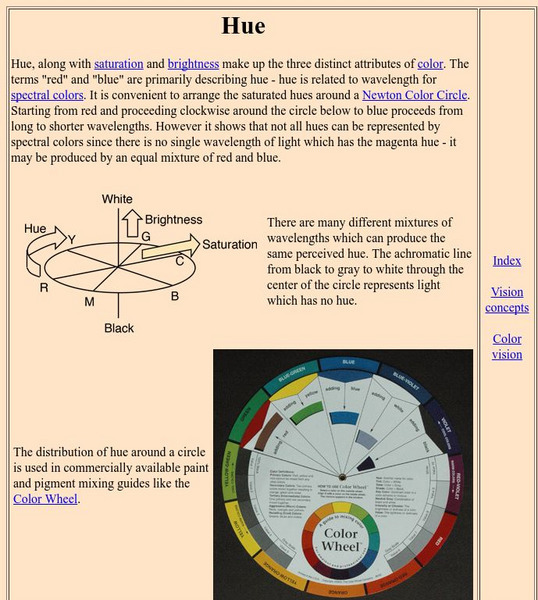Creative Chemistry
Comparing the Degree of Unsaturation of Margarine with that of Butter
Is butter better? In terms of saturation, young chemists find out! Using titration methods, they will compare the degree of saturation of butter with that of margarine. Knowing the unsaturation, they can make conclusions about the...
Curated OER
Weather instruments
Students explore weather instruments. In this weather lesson plan, students make rain gauges, anemometers, and barometers following the instructions given in the lesson plan. Students set up a weather station using their instruments and...
Curated OER
WATER HERE AND THERE
Introduce the topic of water conservation with a little drama. Dressed as snowflakes, hail stones, or rain drops class members dramatize the events in a narration of the water cycle. The series of lessons that follow focus on...
Curated OER
WS 8.9 Review Worksheet-Solutions
In this solubility worksheet, students answer eighteen questions including reading a graph to indicate solubility of three different compounds at particular temperatures, calculating percent of solutes in a solution, determining molarity...
Curated OER
Too Much Oxygen or Too Little?
For this oxygen worksheet, students analyze date about the oxygen levels in a river to determine the cause of the dying fish. This worksheet has 2 graphs, 12 short answer questions, and 2 graphic organizers.
Curated OER
The Flow of Fresh Water
For this water flow worksheet, students complete 15 word puzzles, a word search, and 2 picture puzzles about the flow of water and erosion.
Curated OER
Dripping Wet or Dry as a Bone?
Students use a sponge and water model to explore the concept of relative humidity and create a percent scale. They define humidity and saturation, build a simple humidity/saturation model, collect, predict and interpret data, and create...
Curated OER
DEW POINT
Fourth graders investigate conditions causing saturation and measure the dew point of the atmosphere performing simple experiments.
Curated OER
Addition Reactions
Here is a PowerPoint that displays multiple organic compound structures and asks viewers to identify the formulas, isomers, or potential products after a given addition reaction. This is a comprehensive set of slides that reviews...
Curated OER
Solutions Test Review
In this solutions worksheet, students review the most commonly used solvent, give examples of an emulsifying agents and alloys, and use solubility curves to answer questions. This worksheet has 11 fill in the blank, 6 short answer, and...
Curated OER
Dew Point
Fourth graders investigate saturation conditions and measure the dew point. They conduct an experiment, record data on a worksheet, and measure the dew point in the experiment.
Curated OER
Color Principles - Hue, Saturation, and Value
High schoolers identify different color models and the application of the color theory. They create different visualizations that compare color models.
Curated OER
Clouds
Students explore the characteristics of clouds, their formation, symbols used in their identification, and the relationship of clouds to weather. The lesson focuses on how they are formed and their classification.
Curated OER
Serial Dilution of CuSO4 and Changing the Value of Paint
Students relate solution concentration and saturation to color and compare methods of changing value and color intensity with paint solutions.
Science Buddies
Science Buddies: Saturated Solutions: Measuring Solubility
Many essential chemical reactions and natural biochemical processes occur in liquid solutions, so understanding the chemical properties of liquid solutions is fundamentally important. This project will challenge you to discover how much...
Science Buddies
Science Buddies: Foggy Forecasting: What Weather Factors Create Radiation Fog?
The poet Carl Sandburg wrote, "The fog comes on little cat feet". In this weather science fair project, you'll discover why this beautiful, quiet creeper appears on some days, and not on others. If you are fascinated by fog and weather...
University of Colorado
University of Colorado: Ph Et Interactive Simulations: Molarity
What determines the concentration of a solution? Learn about the relationships between moles, liters, and molarity by adjusting the amount of solute and solution volume. Change solutes to compare different chemical compounds in water.
University of Colorado
University of Colorado: Ph Et Interactive Simulations: Concentration
Learn how concentration, evaporation, and saturation affect the concentration of a solution.
OpenStax
Open Stax: College Physics: Humidity, Evaporation, and Boiling
A college textbook section that explores vapor pressure, relative humidity, and dew point. Section reviews how to calculate values like percent relative humidity. Section also includes problems and questions for the students to answer to...
TeachEngineering
Teach Engineering: Dripping Wet or Dry as a Bone?
Students use a sponge and water model to explore the concept of relative humidity and create a percent scale.
National Institute of Standards and Technology (NIST)
Thermophysical Properties of Fluid Systems
At this site, the student can find out thermophysical properties of different fluids and gases.
Other
Water on the Web
Water on the Web (WOW) is an advanced site allowing students to actively participate in data analysis from real research sites. Lesson plans on a range of topics are provided. There is also a tutorial for using Excel to graph WOW data.
Georgia State University
Georgia State University: Hyper Physics: Color
This site from Georgia State University discusses the location of visible light on the electromagnetic spectrum. Includes the wavelength values for various colors of light within the visible light spectrum.
Georgia State University
Georgia State University: Hyper Physics: Characterizing Color
This site from Georgia State University discusses the meaning of the terms hue, saturation and brightness. Thorough, meaningful explanations and outstanding graphics.



